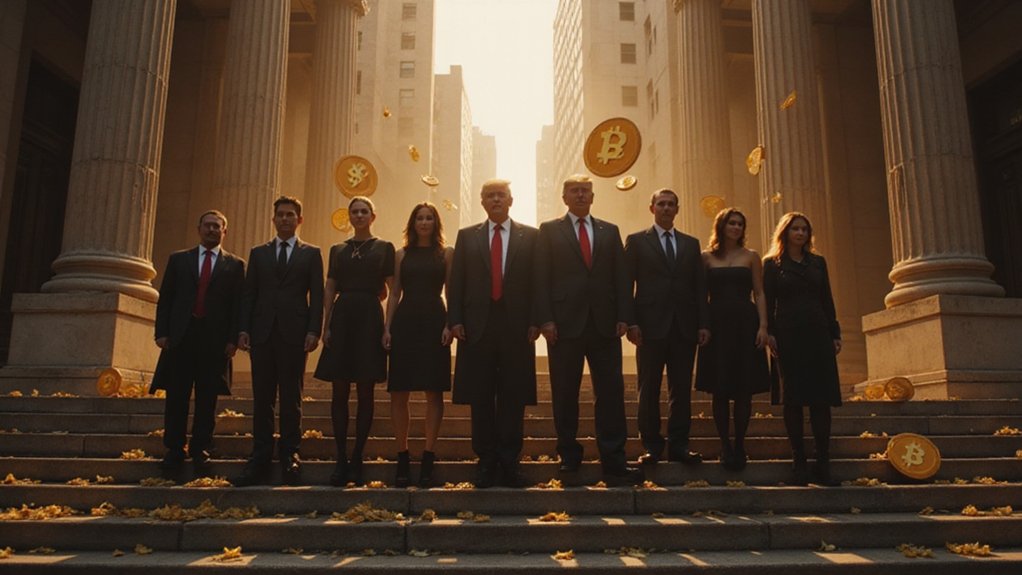While artificial intelligence once occupied the domain of science fiction speculation, the technology has transformed into a $638 billion juggernaut poised to quintuple in value over the next decade—a trajectory that makes even the most seasoned market observers pause to recalibrate their calculators. The mathematics alone suggest something extraordinary: a compound annual growth rate hovering around 19-36% (depending on which analysts you trust) in an era when most sectors celebrate double-digit expansion as miraculous.
A $638 billion juggernaut accelerating at 19-36% annually while seasoned market observers frantically recalibrate their mathematical assumptions about what’s possible.
What renders this phenomenon particularly fascinating is the stark disconnect between adoption and monetization. Despite nearly two billion users worldwide engaging with AI tools, consumer spending barely reaches $12 billion annually—a ratio that would make any venture capitalist’s eyebrow arch with anticipation. This chasm between usage and revenue represents either the greatest untapped opportunity in modern commerce or a cautionary tale about free lunch economics.
Corporate America, however, has already placed its bets. More than 78% of companies now deploy AI solutions (up from 55% just one year prior), while 83% consider artificial intelligence their top strategic priority. When four-fifths of business leaders expect AI to fundamentally transform their operations within three years, the writing isn’t just on the wall—it’s illuminated in neon. Early adopters are already witnessing the fruits of their investment, reporting a 22.6% productivity improvement alongside substantial revenue increases that validate their strategic foresight.
The global talent acquisition frenzy tells an equally compelling story. With over 97 million professionals now employed in AI-related roles, the sector has created 55,800 positions in agentic AI alone over the past year. Multimodal AI companies, those integrating text, images, and audio processing, expanded their workforce by 60% annually—growth rates that would make Silicon Valley’s golden era seem quaint by comparison. The shortage of skilled professionals continues to constrain development velocity across industries, creating premium valuations for expertise in machine learning and data science. Savvy investors are employing risk management strategies similar to those used in volatile crypto markets to navigate the uncertain yet promising AI investment landscape.
Perhaps most tellingly, the patent race reveals where tomorrow’s market dominance will emerge. China’s 324,000 AI patents versus America’s 257,000 filings underscore a fundamental truth: innovation velocity, not current market position, determines future winners.
The companies mastering agentic AI (8,900 firms and counting) and responsible AI governance aren’t just building products—they’re constructing the infrastructure for economic moats that will prove virtually insurmountable once established. In this particular arms race, incremental improvement isn’t merely insufficient; it’s tantamount to strategic surrender.






